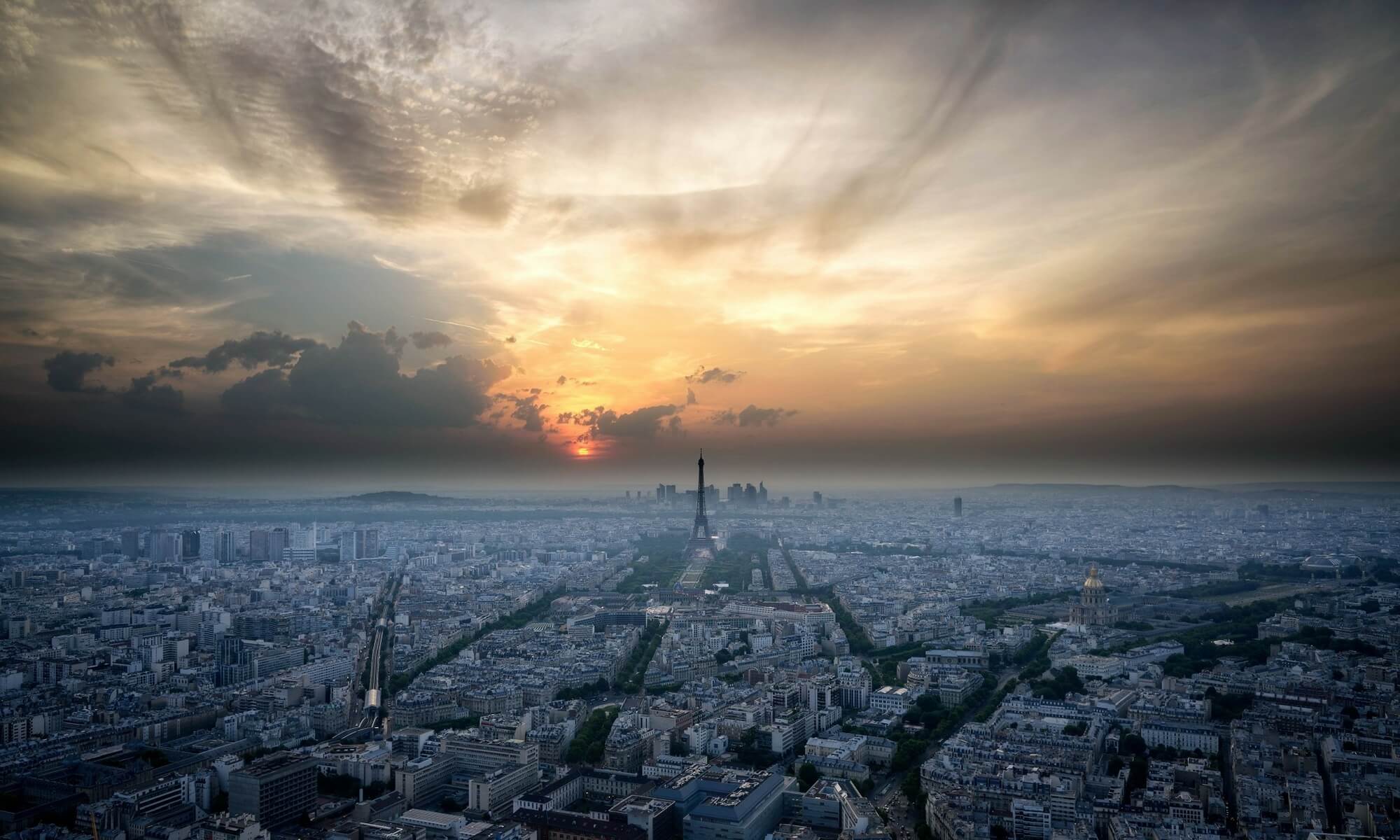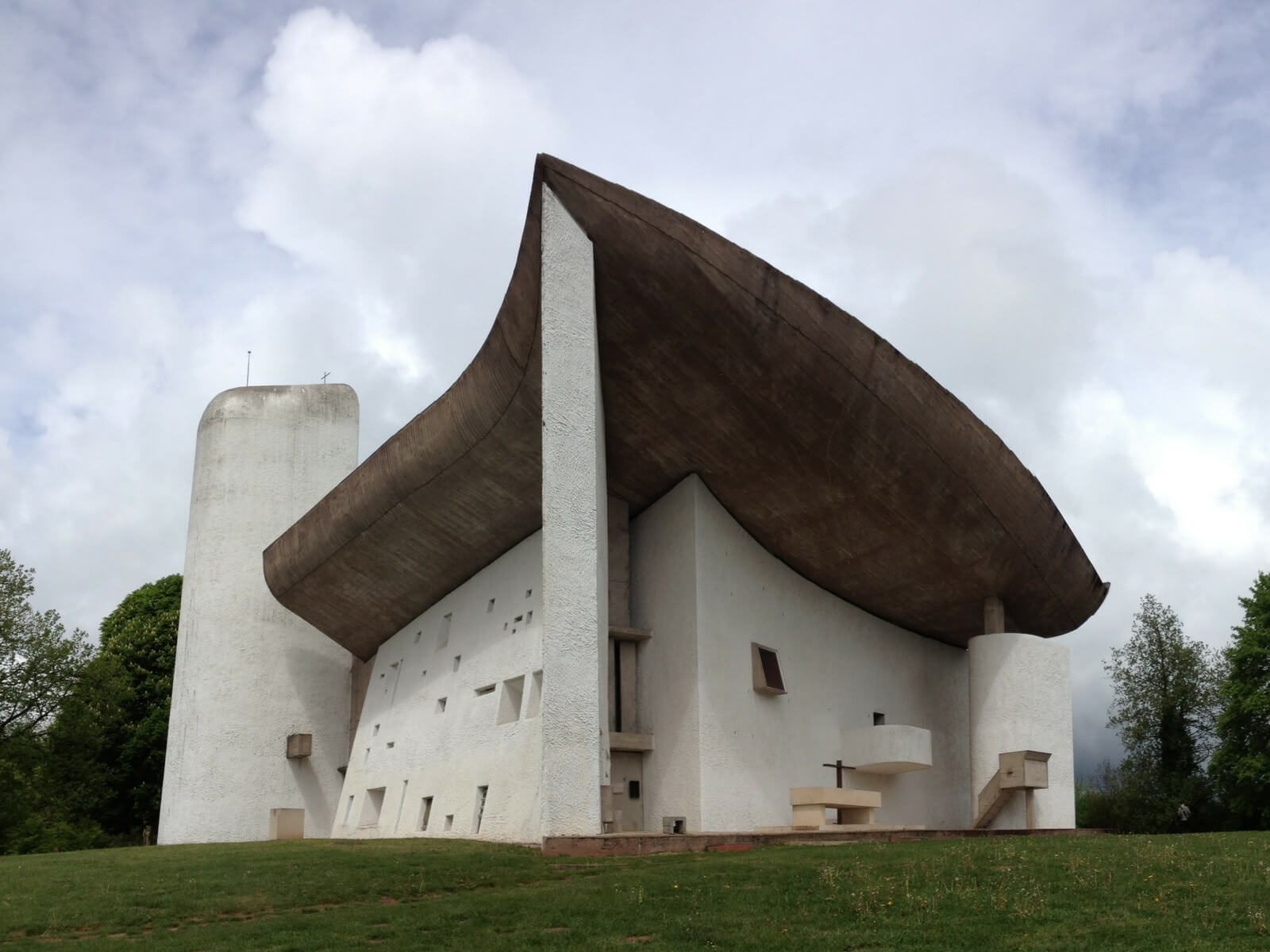Category: Arts & Architecture
This episode features our frequent and very popular guest Elyse Rivin. If you enjoy her episodes, please consider supporting her on Patreon.
On today's show, Elyse and Annie bring you musings on Le Corbusier Architecture, how he became one of the pillars of French architecture, and some of the criticisms levied against him. Was he a genius or a tyrant? Hint: it doesn't have to be one or the other, he could be like you and me: a complicated person.
FOLLOW US ON:
Discussed in this Episode
- Concepts in Affordable Architecture
- Le corbusier architecture
Subscribe to the Podcast
Apple Google Spotify RSSSupport the Show
Tip Your Guides Extras Patreon Audio ToursIf you enjoyed this episode, you should also listen to related episode(s):
- How the Marais Neighborhood Was Almost Razed, Episode 103
- Centre Georges Pompidou in Paris, Episode 42
Let's Review
The Desire to Live in a Modern Affordable Home Is Universal
Let's say that even in areas where there aren't large Le Corbusier style ugly collective housing, there are a lot of little boxes on the hilltop, little houses made of ticky-tacky, etc. Everyone want to live as comfortably as possible, even if that means living in houses that are all the same.
The problem of modernism is that in an attempt to get away from too many curves and details from the Art Deco era, they went too stark. And it also coincided with popular totalitarian political ideas. The juxtaposition of stark lines and totalitarian ideology is what disturbs the most probably.
Read more about this episode
Show NotesCategory: Arts & Architecture



Hi Annie and Elyse!
Annie – why did you join in this podcast when you hate Corbusier, haha! In the late 90s I saw Villa La Roche in the 16th and Notre Dame de Haut in Ronchamp. In the 16th neighborhood, I asked for directions to Villa La Roche – the woman I asked did not speak english and she was all dressed up like a 50s model from a fashion magazine! That was memorable. 2016 I saw the Cité Int’l Universitaire – interesting campus. Not the Corbusier’s building. His large buildings, I agree with you Annie – ugly.
Annie and Elyse,
First, let me apologize for how late I am in thanking you for this thoroughly enjoyable podcast! I was out of the country last week, and as the couple of weeks leading up to my family’s trip were a whirlwind, it took me 3 listening sessions to make it through the podcast!
Annie, you said you’d love to hear an architect’s view on Corbusier, so here’s mine: very mixed. I think he was revolutionary from a technical and spatial standpoint, but that meant that he often pushed architecture past its breaking point. Yes, he pioneered a free-flow of space, and created what he called the Maison Domino- a structural system that relied on a grid of columns instead of load-bearing perimeter walls, which allowed for a flow of interior space and a freedom of fenestration (windows) on the facade. But his buildings failed as often, if not more often, than they succeeded. For instance, his early masterpiece, the Villa Savoye, was considered uninhabitable by the woman who commissioned it, and she used it as a hay barn for much of it’s early life. It’s only really found a purpose as a museum to Corbusier.
http://www.fondationlecorbusier.fr/corbuweb/morpheus.aspx?sysId=13&IrisObjectId=5972&sysLanguage=en-en&itemPos=103&itemSort=en-en_sort_string1+&itemCount=215&sysParentName=&sysParentId=65
https://misfitsarchitecture.com/2011/09/03/the-darker-side-of-villa-savoye/
His earlier large buildings also met with some unenviable failures. His building Cite de Refuge, for example, had a huge south-facing wall, with inoperable windows, that was baked by the sun to the extent that he had to go back and retrofit the building with operable windows, and install a sun-shading structure, that he coined as a “Brise Soleil,” that he would later employ in many of his later buildings, especially in India at Chandigarh.
As for his city planning, yes, he was very influential in creating a new urban form, the tower set into a field or park, which swept the world. However, this model is now widely dismissed by most urban planners as not only inhuman, but actually encouraging to crime, as inhabitants felt anonymous, and could no longer look after each other as they had in a more village-like setting, where multi-generational neighbors know and cared for each other. One of the more notorious examples of this was the Pruitt Igoe complex in St Louis that had to be destroyed because it was seen as iredeemable:
https://en.m.wikipedia.org/wiki/Pruitt–Igoe
In fact, in her ground breaking work The Death and Life of Great American Cities, Jane Jacobs, a resident of the Village in New York, who was fighting Robert Moses to keep him from demolishing that neighborhood to drive a freeway through, and building Corbusier-style housing in its place, chronicalled the virtues of traditional neighborhoods (like the Marais).
https://en.m.wikipedia.org/wiki/The_Death_and_Life_of_Great_American_Cities
One last thing on Corbusier- many of the people who lived in his housing did not appreciate his aesthetic. Although tonight I am having difficulty finding digital images of it, many residents of his workers’ housing in Pessac added gables, shutters, etc. to the building to make it seem more relatable.
A few other thoughts:
Frank Lloyd Wright also addressed mass housing, but he did so in a model that would foretell American suburban sprawl, which he called Broadacre City. As if he anticipated traffic, he predicted everyone would own a helicopter:
http://paleofuture.gizmodo.com/broadacre-city-frank-lloyd-wrights-unbuilt-suburban-ut-1509433082
He also has three very notable vertical projects, the Johnson Wax Building, The Price Tower in Oklahoma, and his unbuilt plans from a mile high skyscraper he named the Illinois, which in his proposal would have nuclear-powered elevators:
https://en.m.wikipedia.org/wiki/Johnson_Wax_Headquarters
https://en.m.wikipedia.org/wiki/Price_Tower
https://en.m.wikipedia.org/wiki/The_Illinois
By the way, as a side note, the furniture for the worker’s chairs FLW designed for the Johnson Wax Building only had 3, not 4, legs. When people started tipping over regularly, he argued he had designed them that way to keep workers alert. He also designed headquarter buildings (Johnson Wax, The Larkin Building in Buffalo), so that the windows would let in light, but were high enough so that office staff couldn’t see out so they weren’t distracted.
A couple of other things:
Annie, you mentioned new wood technology. There are several firms now proposing wood skyscrapers:
https://www.bloomberg.com/news/articles/2016-05-16/the-race-for-the-wood-skyscraper-starts-here
And you questioned where municipalities might still be looking into the kinds of master-planned cities Le Corbusier was proposing. I would point you towards Steven Holl’s recent work in China:
http://www.stevenholl.com/projects/beijing-linked-hybrid
http://www.stevenholl.com/projects/vanke-center
http://www.stevenholl.com/projects/raffles-city-chengdu
Thank you as always for the great work you do, and I hope you had a great day at the Musee des Arts Fourains!
Cheers,
David
No need to apologize for anything, this is an epic play-by-play conversation expounding on what we talked about on the podcast, from an actual architect no less! Thank you David. I will check out all the references and learn some more about this fascinating topic. The Musée des Arts Forains was so much fun, I will do an episode about it at some time, I love it too!